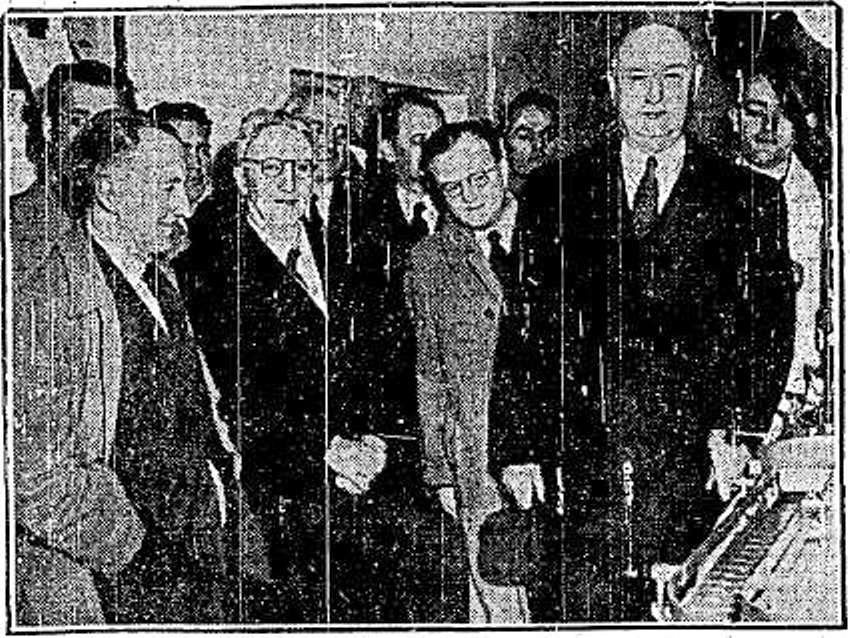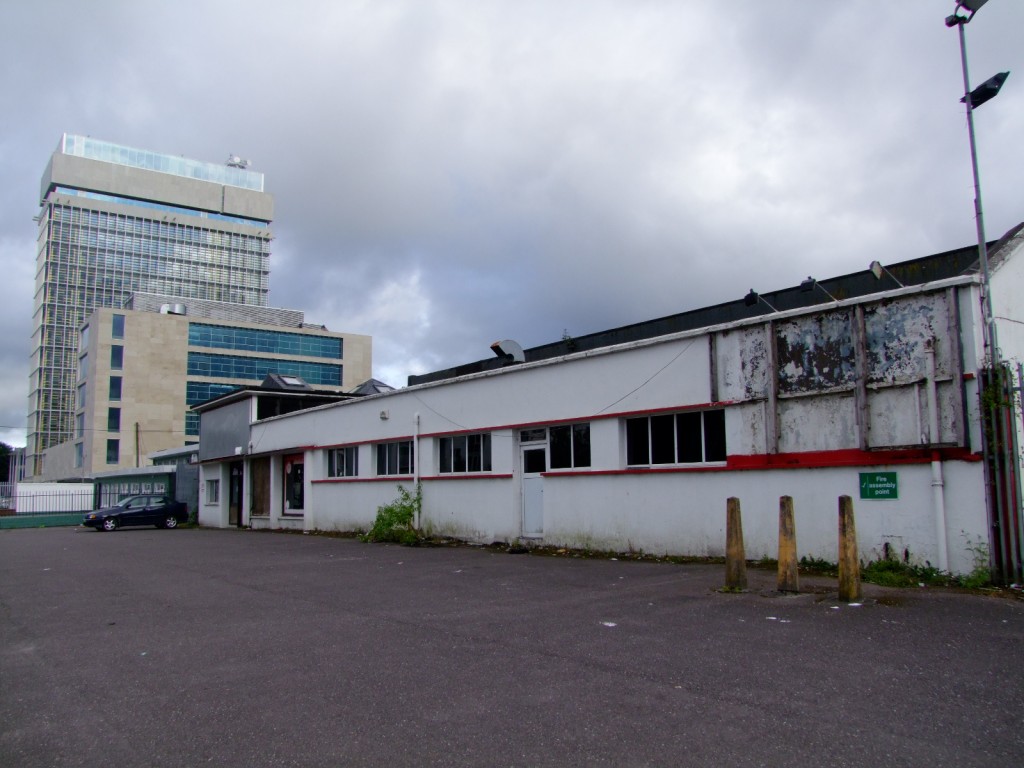
Kieran’s Our City, Our Town Article
Cork Independent, 16 June 2011
In the Footsteps of St. Finbarre (Part 260)
Coca Cola Comes to Cork, 1952
“Mr James A. Farley, Chairman of the American Coco Cola Export Corporation and former Postmaster General of the United States was among the passengers who disembarked from the liner America at Cobh. Mr. Farley will attend the opening today of the new Coca Cola factory at Cork by the Parliamentary Secretary to the Government, Mr. J. Lynch [deputising for Sean Lemass, Minister for Industry and Commerce]. …then he will travel to Dublin, where he will meet the Taoiseach and Mr. MacEntee. He will visit Belfast before leaving Ireland for a European tour (journalist, Irish Independent, 9 May 1952, p.3)”.
The region of the Carrigrohane Straight Road has many stories of Cork’s place in twentieth century Ireland and in the world. The opening of the Coco Cola bottling in Cork adjacent the road on the 9 May 1952 was a success story for the Irish government who sought out such companies. It was also a success for the directors of the Munster Bottlers Limited that had only been founded 11 months previously to the opening. Company chairman Mr. P. Fitzgerald from Rushbrooke greeted the guests at the opening.
With a legacy going back 125 years, the beverage Coco Cola was invented in 1886 in Atlanta, USA and quickly blossomed into one of America’s most important exports abroad. In 1900 there were two bottlers of Coca Cola; by 1920, there were about 1,000. In 1941, when America entered World War II, thousands of men and women were sent overseas. Coca Cola rallied behind them when its CompanyPresident Robert Woodruff ordered that every “man in uniform get a bottle of Coca Cola from five cents wherever he is and whatever it costs the company”. In 1943, General Dwight Eisenhower sent an urgent cablegram to Coca-Cola, requesting shipment of materials for 10 bottling plants. During the war, many people tasted their first Coca Cola, which laid the foundations for Coca-Cola to do business overseas. Hence by the mid 1940s until 1960, the number of countries with bottling operations nearly doubled. Post war America was deemed alive with optimism and prosperity. Coca-Cola was part of a fun carefree American lifestyle. Ireland was part of the expansion of the bottling works. The case of the country was also strengthened by Jim Farley, Chairman of Coca Cola.
In an article in the Irish Press in September 1968 it outlined that his Jim Farley’s grandfather came from Co. Meath. Jim was described a “legend in U.S. Politics” and was a former member of President Franklin D. Roosevelt’s cabinet. Farley started in public life as town clerk of an up-state New York town and from there became chairman of the Democratic Party National Committee. He helped start the Roosevelt campaign in 1932 and managed his presidential campaign, after which Farley became Roosevelt’s first Postmaster General. He had been associated with the Coca Cola company since 1940.
At the Cork plant, all the necessary commodities that went into the manufacture of the drink were native products with the sole exception of the concentrated syrup, which was imported from England. The Coca Cola Export Corporation was the largest single consumer of sugar in the world. The creation of bottles, crates and the use of vehicles created business for local industries. In addition, starting off the Cork Plant had a dozen staff.
The Cork Examiner on the day of the opening (9 May 1952) carried a feature on the workings of the plant: “The factory itself is very modern and it was designed by Mr. H. Fitzgerald-Smith to conform with the high standards required by up-to-date bottling factories. A single storey building…in the factory proper there are large windows, which will allow the maximum of light necessary for the work on complicated machines….At the eastern end there is an overhead syrup room. From which the main ingredients flows to the factory below to be processed.”
In view of the fact that the Coca-Cola Company insisted on one quality of water it was found necessary to install a water treating plant. Another unique feature was a washing machine, which was capable of washing and treating 30 bottles per minute. The regulations of the Coca-Cola Company required that every bottle had to be thoroughly sterilised before it is passed for use. Temperature, too, had to be kept at a certain degree, and in this connection a special refrigeration plant was in operation. The bottling machine was described as a “mechanical marvel, which performs several operations. As the bottles pass along a conveyer they are filled, crowned and then go through a very minute inspection before being finally adjudged as suitable for dispatch to the retailer.”
The firm had a special department for training salesmen and these men when trained were to act as driver salesmen throughout the Munster counties. The crown corks were made in Cobh. The bottles were supplied from Dublin as well as wooden containers. A fleet of ford trucks were used. The factory was erected by Daniel T. O’Connor and Sons. By 1963, there were four bottling plants in Ireland of Coca Cola and these were part of a wider family 650 bottling plants in 118 countries.
To be continued…
Captions:
595a. Mr. Jim Farley setting the machinery in motion at the Cork Coca Cola factory, 9 May 1952; Left are the Mayor of Waterford Ald. T. Lynch and the Lord Mayor of Cork, Ald. W. Furlong (picture: Irish Independent)
595b. Former Munster Bottlers Plant, Carrigrohane Straight Road, June 2011
